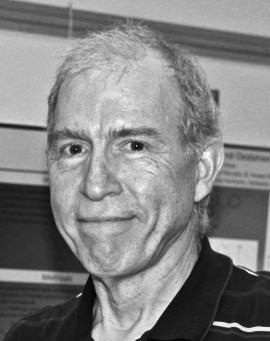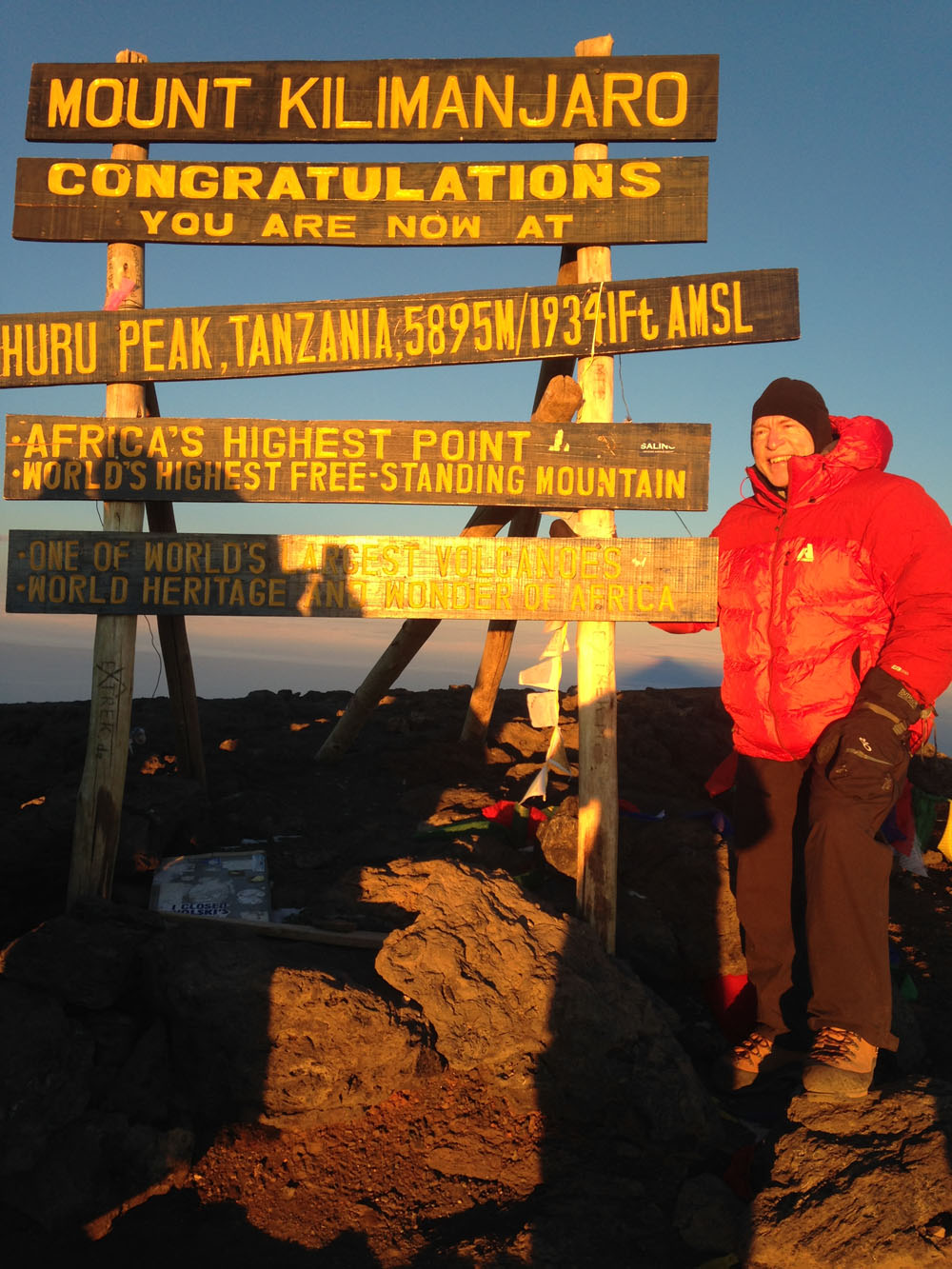John W. Keller

Research Description
Computational Chemistry. I retired from active teaching in 2012 and I will not be taking new students, however I remain active in computational chemistry research, and as a consultant. One project deals with the properties of non-covalent complexes of toxic airborne pollutants - such as SO2 - with molecules that model the side chains of protein amino acids. Although SO2 is a major air pollutant and health hazard, almost nothing is known about the physics of SO2-biomolecule interactions. Two other computational projects, one concerning amine carboxyborane esters (collaboration with Thep Ayudhya and Nin Dingra of UT of the Permian Basin), and the other, alkaline hydrolysis of crystal violet, are focussed on the role of water clusters in promoting chemical reactions. I have also studied cyclodextrins and modified cyclodextrins in collaboration with Tom Green of UA Fairbanks, and new chemistry curricula related to molecular modeling in collaboration with Arianna Demmerly.
Selected Publications and Presentations
- J.W. Keller and A. Demmerly, "Investigating Crystal Violet Reactivity and Color with
Quantum Theory and Interactive Webpages", Journal of Chemical Education, 102, 2448–2453 (2025). DOI 10.1021/acs.jchemed.4c01544. For a free PDF copy of this paper, contact me by email.
Website: https://antec12.cns.uaf.edu/cv-expt/index-orca.html Supporting Information (5 MB zip). - J.W. Keller and A. Demmerly, "Crystal violet quantum calculations for general chemistry students: Easing the load by combining interactive webpages with WebMO and Gaussian", Fall 2024 National Meeting of the American Chemical Society: DOI 10.1021/scimeetings.5c10765.
- J.W. Keller, T.I. Ayudhya, and N.N. Dingra, “Carbon monoxide formation from trimethylamine-borane carboxylate: DFT studies of SNi and cheletropic mechanisms”, Royal Society of Chemistry Advances, 10, 16038-16044 (2020). DOI 10.1039/d0ra01572e.
- J. W. Keller, “Sulfur Dioxide-Pyridine Dimer. FTIR and Theoretical Evidence for a Low-Symmetry Structure,” Journal of Physical Chemistry A, 119, 10390-10398(2015). DOI 10.1021/acs.jpca.5b06122.
- J. W. Keller and C. E. Fabbri, "Headspace GC-MS Analysis of Halogenated Volatile Organic Compounds in Aqueous Samples: An Experiment for General Chemistry Laboratory", Journal of Chemical Education, 89, 803–806(2012). DOI 10.1021/ed10090v.
- J. W. Keller, B. L. Harrod, and S. A. Chowdhury, "Theoretical Study of Formic Acid-Sulfur Dioxide Dimers," Journal of Physical Chemistry A, 114, 13182-13188(2010). DOI 10.1021/jp1076214.
- J. W. Keller, "Using Curved Arrows for Retrosynthetic Analysis", The Chemical Educator, 15, 331-333(2010). Hyperlink
- J. W. Keller, "Lewis Acid Catalyzed Diels-Alder Reaction of Carvone with Isoprene. Using Two-Dimensional NMR and Molecular Modeling to Solve a Stereo- and Regiochemical Puzzle", The Chemical Educator, 11, 262-266 (2006). Hyperlink.
Degrees
- B.S. 1968, The Ohio State University (Chemistry)
- Ph.D. 1976, University of Wisconsin-Madison (Chemistry)
Contact
Phone: 907-888-7278
Fax: 907-474-5640
Email: jwkeller@alaska.edu
Address:
John W. Keller
Department of Chemistry & Biochemistry
University of Alaska Fairbanks
1930 Yukon Drive
Fairbanks, AK 99775-6160



